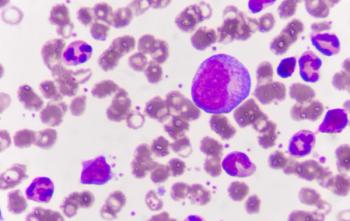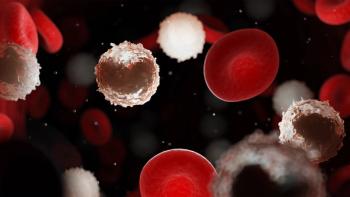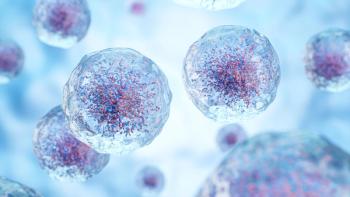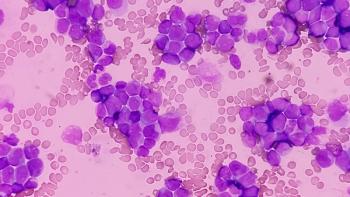
Awareness of Actionable Mutations Guides mBC Treatment Post-Endocrine
Understanding actionable mutations and educating patients on the safety profiles of targeted therapies are essential for the care of HR+, HER2- mBC.
Being aware of actionable mutations in breast cancer allows nurses and advanced practice providers (APPs) in oncology to perform the appropriate testing for patients, leading to stronger treatment and sequencing decisions from a patient’s care team, says Dana Tolman, MSN, APRN, FNP-BC.
For patients with hormone receptor (HR)-positive, HER2-negative metastatic breast cancer whose disease has progressed after endocrine therapy, ESR1 mutations are a real possibility that should be taken into consideration. In an interview with Oncology Nursing News after moderating a Community Case Forum, Tolman, an oncology nurse practitioner at Baptist Health Miami Cancer Institute in Plantation, Florida, emphasized the importance of consistent testing and being aware of what mutations are actionable.
Additionally, she explained that certain treatments for actionable mutations come with unique adverse effect (AE) profiles. Specifically, she mentioned the tendency for PI3K inhibitors to cause hyperglycemia, necessitating an awareness of this toxicity when PI3K mutations are detected.
Oncology Nursing News: What actions can nurses and APPs take when moving to the second line of therapy for patients with HR-positive, HER2-negative metastatic breast cancer?
Tolman: At signs of progression, or definitive progression with respect to scans and/or symptomology, testing is necessary to see if the patient is developing or has developed, an ESR1 or any other mutation that can be actionable—something that we can take action toward to help keep the disease under better control, or as acquiescent as possible.
ONN: Which biomarkers are more important to look for in this patient population?
Tolman: They should look for things like the PIK3CA mutation and the A10 mutation. Some mutations can actually be comutated with the ESR1 mutation, so I think that they need to be up to date on expectations. If a patient has the PTEN mutation, PI3K mutation, or A10 mutation, nurses and APPs need to really understand those mutations. They don’t need to know all of the minutia of the other ones that don’t require action, but things like ESR1, things like the PIK3CA, those are important, because there are medications to target them.
ONN: What special considerations should be taken when using targeted therapies to treat patients with metastatic breast cancer in the second line?
Tolman: The medication that targets the PIK3CA mutation
ONN: What role does patient education play in managing hyperglycemia for patients receiving PI3KCA-targeted therapy?
Tolman: Some of the challenges are to make sure that if the patient is a borderline diabetic or in the throes of having diabetes itself, the
ONN: When should patients be tested for ESR1 mutations, and what additional considerations are there for those patients?
Tolman:
This transcript has been edited for clarity and conciseness.
Newsletter
Knowledge is power. Don’t miss the most recent breakthroughs in cancer care.
















































































